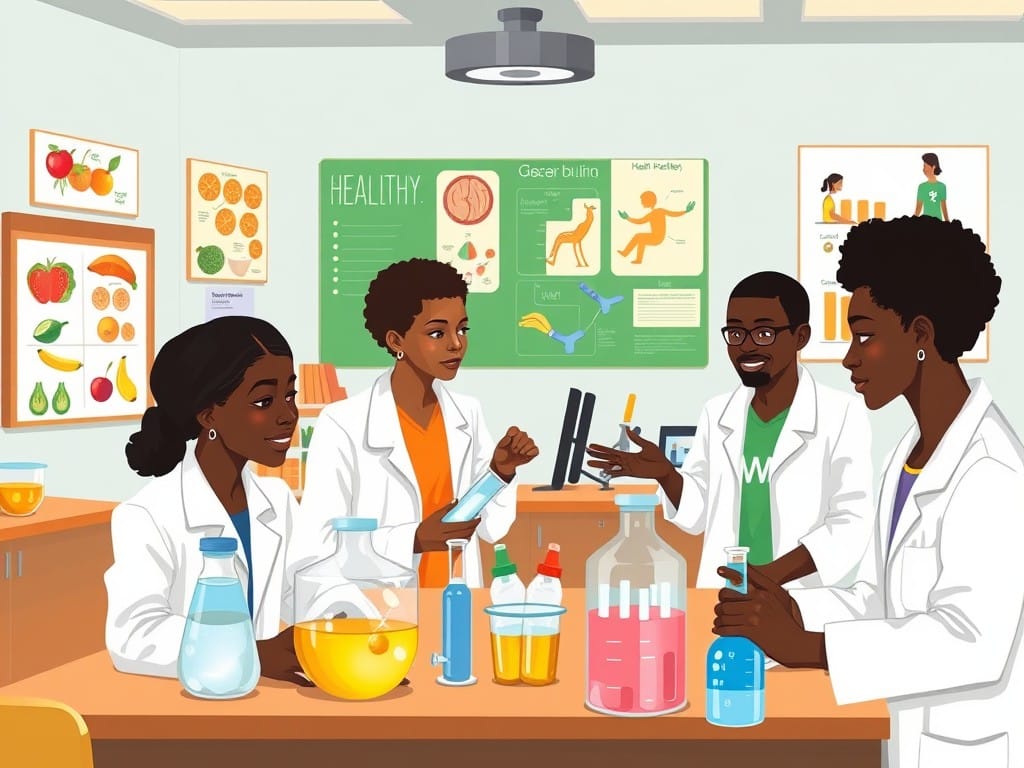Questions:
- What are the safety measures and regulations that should be observed when in the laboratory?
- Why is it important to wear personal protective equipment like gloves and safety glasses in the lab?
- What should you do in case of a chemical spill or exposure in the laboratory?
Answers:
- The safety measures and regulations that should be observed in the laboratory include:
- Work carefully to avoid accidents and ensure accurate results.
- Wear gloves, laboratory aprons, and safety glasses.
- Never eat or drink in the laboratory.
- Tie back loose hair and secure open sleeves and neckties.
- Wear shoes that fully cover your feet.
- Do not conduct experiments at home unless directed by a teacher.
- Carefully read chemical labels and understand the hazard symbols.
- Follow teacher’s instructions regarding safety equipment.
- Know the location of the nearest fire alarm in the laboratory.
- Do not start experiments without the teacher’s instruction.
- Avoid touching substances unless instructed as they may be harmful.
- Wash hands with soap and water after handling chemicals.
- Use suitable containers for heating materials.
- Point the open end of test tubes away from people when heating.
- Use tongs or insulated materials to handle hot objects.
- Turn off heat sources when not in use.
- Unplug electric cords by pulling the plug, not the cord.
- Keep flammable substances away from heat sources.
- Clean the working area and store equipment properly after experiments.
- Report accidents, broken equipment, and damage to the teacher.
- In case of chemical exposure, rinse eyes with water and seek medical attention.
- Move to fresh air if inhaling poisonous gases and seek help.
- Cut off electric power in case of electric shock using insulated tools.
- Use sand, fire blankets, or extinguishers for fire outbreaks.
- Wearing personal protective equipment, such as gloves and safety glasses, is crucial because it helps protect individuals from harmful chemicals and potential injuries. Gloves prevent skin contact with hazardous substances, while safety glasses shield the eyes from splashes, fumes, or flying debris, thereby reducing the risk of accidents and injuries.
- In case of a chemical spill or exposure, you should immediately wash the affected area with running water, particularly if the chemical gets into your eyes or on your skin. For eye exposure, rinse the eyes for about 12 minutes and seek medical attention. If you inhale poisonous gases, leave the laboratory for fresh air and seek medical assistance promptly. Always report the incident to a teacher for further action.




